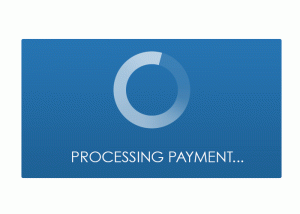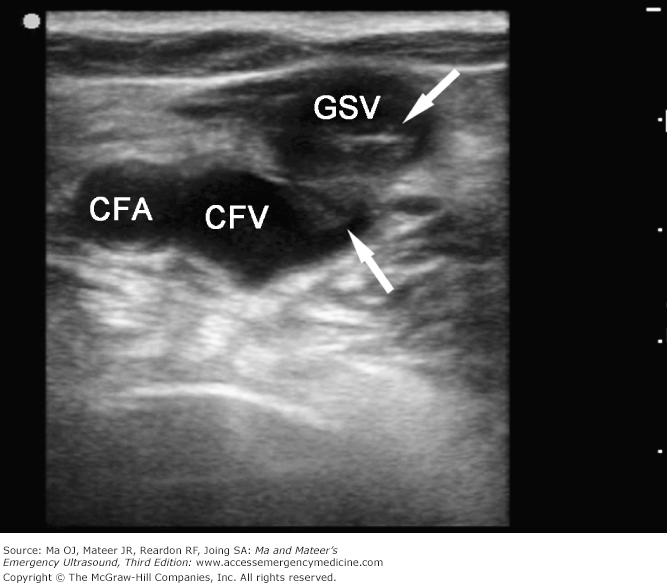Tips To Recover Patient Payments

Collection of first 80% of payments is relatively easy as compare to the rest 20% which is most difficult part of collection.
For best control of Billing operations must consider these practices:
First of all, data you must need to register about a patient is – Patients name, address, phone numbers (home, work, and cell), employment information, social security numbers, and driver’s license number.
After this you must verify the patient’s eligibility for the benefit prior to the DOS (date of service). It can decrease the risk of writing off balances and also increase the cash flow of your business by decreasing the cost of collection. It can also help you to address co-pays and outstanding balances. Ensure that you have most updated patient information on hand by making an aligned process in place to review all billing forms.
Secondly, engage a patient after scheduling an appointment by reminder within 48 hours. It will reduce no-shows and ensure the opportunity of patient’ prompt arrival .It also minimize the risk of in-office disputes between the front office staff and the patient and improve the efficient productivity of practice.
Thirdly, setting the expectation of payments (EOPs) while scheduling appointment is an easy and effective way to prepare the patient for the expenses of services he is going to receive.
Fourthly, keep in mind when you should take the payment? I would suggest asking for payment details along with insurance information at the time of check in. It will reduce the cost of time needed to follow-up after patient’s checkout. This Tip will help improve cash flow of your practice.
Fifthly, take an extra step to make patients aware of what they are expected to pay for service when it comes to payment and billing. Here are some steps to follow.
• Make a written payment policy
• Provide a copy of written policy to patient and get it signed to ensure the receipt.
• Review and update patient forms annually.
• Ensure to get most current forms filled by patients.
• Train you staff using sample billing forms
Now on sixth step it comes with Patient payment follow-up to reduce slow pay or no pay accounts.
Check for rolling balance at 60-90 and 120 days which tells that there is still time left for patients to pay their due balances. Some patients don’t send payments. Send them statements without rolling balances and state that amount owed is a balance due. Statements should be sent at earlier stage to increase to chance of payments made is full and to enhance the cash flow of practice. Keep in mind that if patient is not aware of past due balance, it is more likely he would not pay it. Following are policies that most practices
should have:
• Patient Visit—Invoice at the point of sale- Signed credit application- Net 30 terms
• 14 Days – Statement- Interest and/or collection fees added at 30 days past due
• 30 Days – Monthly Statement
• 45 Days – Call- Phone call at 30 days past due
• 60- 90 Days – Turn them to collection agency
For more updates to related medical documentation, follow me and signup my newsletter.










